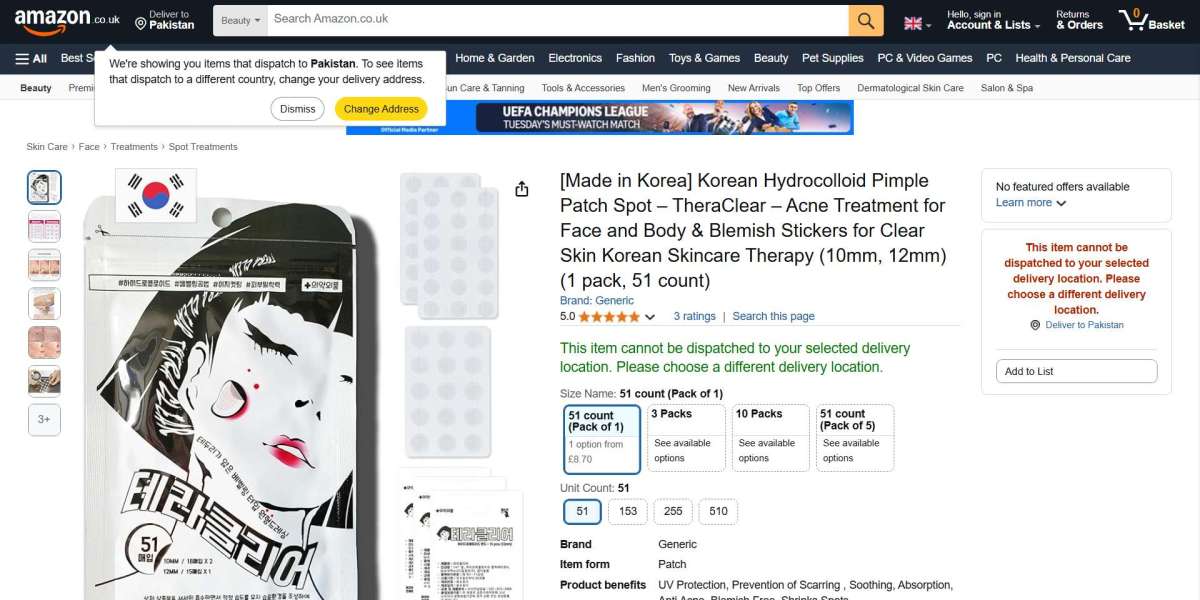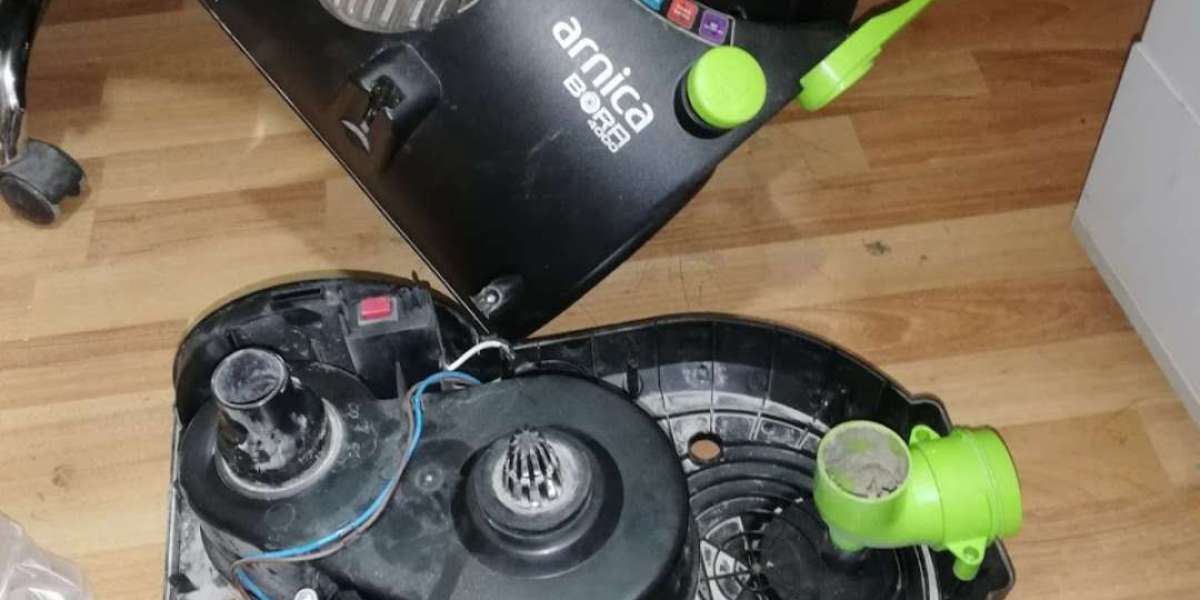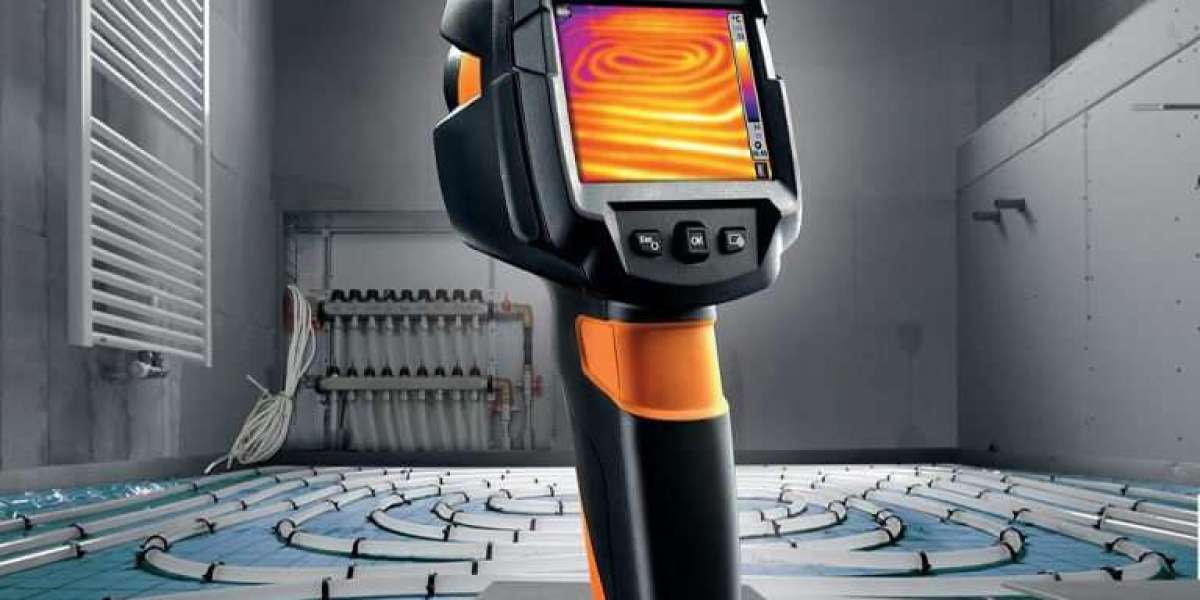Hydrocolloid Acne Patch: A Breakthrough in Acne Care
Struggling with pesky pimples that pop up at the worst times? The hydrocolloid acne patch has become a lifesaver for those looking to tackle breakouts quickly and effectively. These small, sticky wonders have taken the skincare world by storm, offering a simple yet efficient solution to zap pimples overnight.
In this article, we’ll explore everything you need to know about hydrocolloid acne patches, from how they work to why they’ve become a must-have in every skincare routine.
What Is a Hydrocolloid Acne Patch?
A hydrocolloid acne patch is a thin, adhesive sticker made from hydrocolloid material—a moisture-absorbing compound commonly used in wound dressings. These patches are specifically designed to extract impurities from blemishes while providing a protective barrier to prevent further irritation.
The main advantage of hydrocolloid patches is their ability to flatten and reduce the appearance of pimples, particularly whiteheads, without the need for harsh chemicals or drying agents.
How Does a Hydrocolloid Acne Patch Work?
The magic of hydrocolloid patches lies in their ability to absorb fluid. Here’s a breakdown of the process:
- Application: Once applied to a clean and dry blemish, the patch adheres firmly to the skin, forming a seal over the pimple.
- Absorption: The hydrocolloid material draws out excess oil, pus, and other impurities from the pimple, trapping them within the patch.
- Healing Environment: By creating a moist environment, the patch promotes faster healing while protecting the pimple from dirt, bacteria, and external irritants.
- Flattening Effect: After a few hours, the pimple often appears less inflamed and significantly flatter, making it easier to cover with makeup or leave bare.
Benefits of Using a Hydrocolloid Acne Patch
Hydrocolloid acne patches offer a range of benefits that make them a standout choice for addressing breakouts:
1. Non-Drying Solution
Unlike traditional acne treatments that often dry out the skin, hydrocolloid patches work without disrupting the skin’s natural moisture balance.
2. Reduces Inflammation
By keeping the area covered, the patch minimizes exposure to bacteria and environmental irritants, reducing redness and swelling.
3. Prevents Scarring
Hydrocolloid patches discourage picking and squeezing, two habits that often lead to scars and prolonged healing.
4. Easy to Use
These patches are hassle-free and can be applied in seconds. Plus, they’re small and discreet, making them perfect for use at home or on the go.
5. Mess-Free
Unlike spot treatments or creams, hydrocolloid patches don’t smear or rub off, keeping your skincare routine clean and simple.
Who Can Benefit from Hydrocolloid Acne Patches?
Hydrocolloid acne patches are ideal for anyone dealing with whiteheads, blackheads, or small inflamed pimples. However, they are less effective for deeper forms of acne, such as cystic or nodular acne.
If you have sensitive skin, these patches are a great option because they are typically free from harsh active ingredients. Always check the label to ensure there are no potential irritants for your skin type.
How to Use a Hydrocolloid Acne Patch
Using a hydrocolloid acne patch is straightforward. Follow these steps for optimal results:
- Cleanse Your Skin: Wash your face with a gentle cleanser and pat it dry.
- Apply the Patch: Choose a patch that fully covers the blemish. Peel it off the backing and press it onto the pimple.
- Leave It On: Wear the patch for at least 6-8 hours or overnight. You’ll notice the patch turning white as it absorbs impurities.
- Remove and Replace: Peel off the patch gently and discard it. If needed, apply another patch to continue the healing process.
Hydrocolloid Acne Patch vs. Medicated Patches
While hydrocolloid acne patches are highly effective, it’s important to understand how they differ from medicated acne patches:
Feature | Hydrocolloid Patches | Medicated Patches |
Main Function | Absorbs fluid and impurities | Treats acne with active ingredients |
Best For | Whiteheads and small pimples | Cystic and inflammatory acne |
Ingredients | Typically free of active chemicals | Contains salicylic acid, benzoyl peroxide, etc. |
Skin Sensitivity | Gentle and suitable for all skin types | May cause irritation for sensitive skin |
Tips for Choosing the Best Hydrocolloid Acne Patch
When shopping for hydrocolloid acne patches, keep these tips in mind:
- Size: Choose a patch that fully covers your blemish to ensure it works effectively.
- Transparency: If you plan to wear the patch during the day, opt for clear or ultra-thin patches for a discreet look.
- Adhesion: Look for patches with strong adhesive properties so they stay in place, even overnight.
- Add-Ons: Some hydrocolloid patches include soothing ingredients like tea tree oil or niacinamide for added benefits.
Are Hydrocolloid Acne Patches Safe?
Hydrocolloid acne patches are generally safe for all skin types and can be used as often as needed. However, they work best on superficial pimples and may not be as effective for severe or deep acne.
If you have ongoing acne issues, consider pairing hydrocolloid patches with a comprehensive skincare routine that includes a gentle cleanser, moisturizer, and sunscreen.








